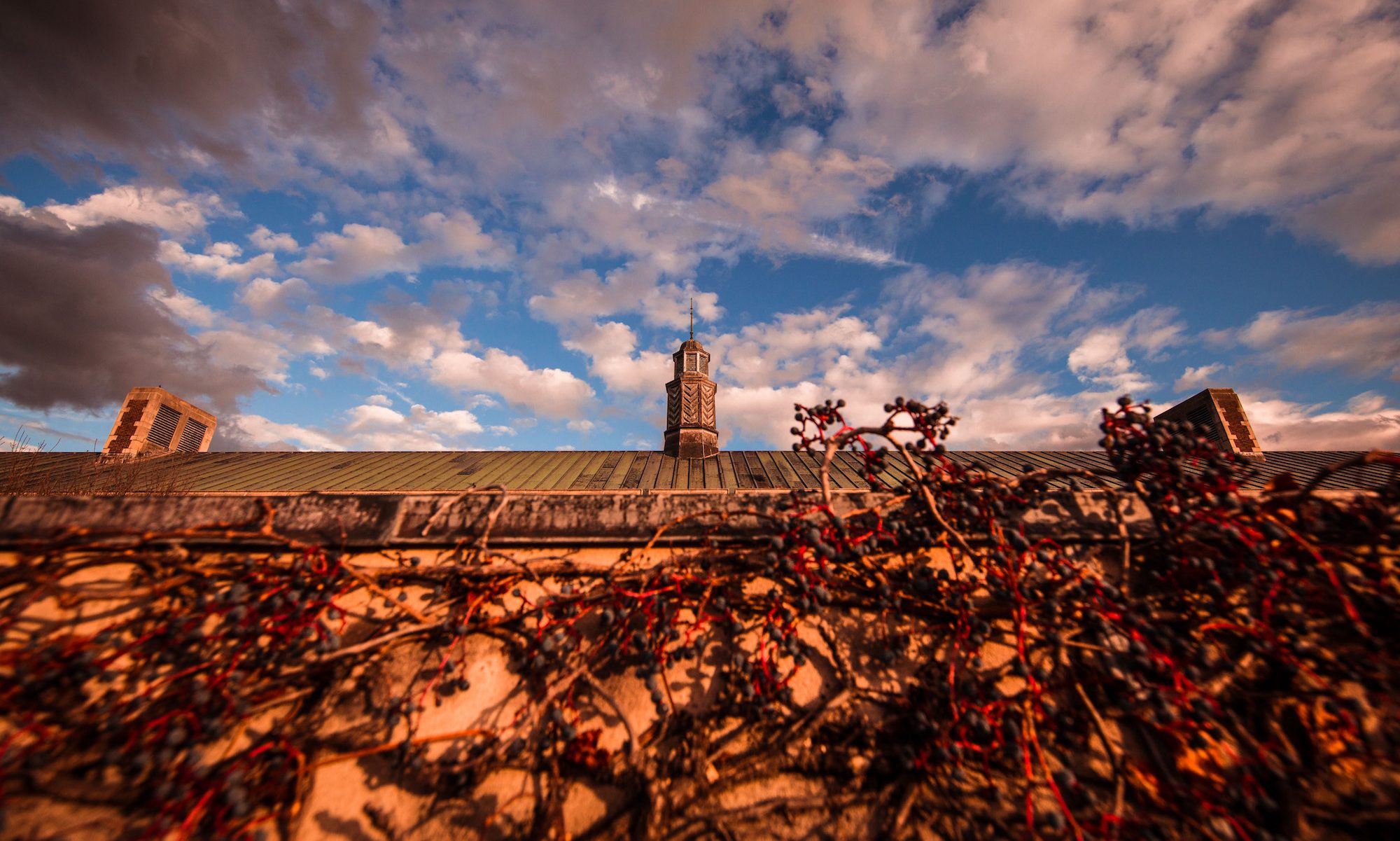Our farming economy in the United States is heavily reliant on corn, and this makes us more vulnerable to climate change and to the coronavirus. Our ability to access a greater diversity of crops during this crisis is paramount to our health and the health of the Earth. However, access to healthy foods, especially during the pandemic, is a luxury of the wealthy. This pandemic highlights inequalities in our society that impact the lives and livelihoods of millions of Americans.
Farms, more often than not, are growing corn
The current state of our farm-to-grocery store system is structured in such a way that each calorie produced requires anywhere from 2 to 10 calories of fossil fuel energy. And the food that is produced is, more often than not, corn (Pollan, 2007). The following quote displays the extent to which corn has permeated our food products: “Head over to the processed foods and you find ever more intricate manifestations of corn. A chicken nugget, for example, piles corn upon corn: what chicken it contains consists of corn, of course, but so do most of a nugget’s other constituents, including the modified corn starch that glues the thing together, the corn flour in the batter that coats it, and the corn oil in which it gets fried” (Pollan, 2007, 18). What non-processed foods we do consume often follow a very long, often international journey, what Shiva (2015) calls “food miles”.
Corn monoculture means susceptibility to climate change
Our reliance on corn impacts biodiversity. Before 1950, the successful growth of corn was dependent on the biodiversity of the soil it was planted in. Biodiverse land has a high number of plants and animals living on it (Harper, 2018). Biodiversity was achieved by alternating planting corn and legumes in the same soil. However, when ammonium nitrate fertilizers were first introduced, monoculture of corn became possible (Pollan, 2007). Shiva (2015) suggests that we return to biodiverse, multiple cropping farming systems because they are able to recover quickly from climate disasters, whereas monoculture systems are more susceptible to drought and other such disasters. For the upper class, access to biodiverse land and food is an option that is not out of reach economically. Farmer’s markets and “buying local” have even become trendy. However, for low-income people, this is not economically sustainable, especially during the current COVID-19 pandemic.
COVID-19 is not the great equalizer that some (elites) think it is
The coronavirus has been called the “the great equalizer” by the likes of Governor Cuomo and Madonna. But is it really? Evidence shows us low-income people have contracted the virus at higher rates than high-income people, who are able to cloister themselves in their homes. We live in a deeply classed society, wherein a vast chasm exists between the life chances of an upper-class person and a poor person, and this virus only highlights these disparate chances.
Figure 1: Cuomo, 2020.
Race and class are integral to understanding the pandemic
Black people in Chicago (and the United States) are being disproportionately affected by the coronavirus: they only make up 30 percent of the population of Chicago, but make up 70 percent of all deaths from the virus in the city (Chiarito, 2020). Statistically speaking, black people in Chicago have higher rates of chronic diseases compared to white people. “If you don’t have a full-service grocery store nearby, and you don’t have good access to a car, and you don’t have a lot of money and you combine all these things together, it makes it difficult” (Chiarito, 2020). Often living in food deserts, black people tend not to have access to fresh and diverse foods that promote overall health. As a result, they generally do not have the resources to combat the virus the way that white people do.
In addition to not having access to healthy foods, only roughly 16-20% of people of color are able to work from home. “Only 9.2 percent of workers in the lowest quartile of the wage distribution can telework, compared with 61.5 percent of workers in the highest quartile” (Blow, 2020). Low-wage workers are more likely to contract the virus than high-income people because of the industries they are typically employed in. And when they return home from work, they are most often returning to houses or apartments in urban areas where the virus currently has a stronghold. For the most vulnerable, social distancing is often not a possibility in urban areas in the United States or around the world.
Figure 2: Frey, 2020.
The coronavirus highlights pre-existing social inequities
Biodiversity not only impacts the earth’s resilience to climate change but also human beings’ resilience to disease. Of course, these issues already existed before the coronavirus outbreak, however, this virus has exacerbated these pre-existing societal problems. Black Chicagoans’ experience with COVID-19 reminds us that social issues do not impact all individuals equally. Hopefully the pandemic brings to light necessary structural changes that need to take place in our society.
Madeline Reilly is a senior at SUNY Geneseo with dual majors in Political Science and Sociology, and a minor in Spanish.
Sources:
“Along With Health Care Disparity, Effects Of Food Deserts Likely Making Coronavirus More Deadly For Black Chicagoans.” n.d. Block Club Chicago. Accessed April 12, 2020. https://blockclubchicago.org/2020/04/10/along-with-health-care-disparity-and-poverty-effects-of-food-deserts-likely-making-covid-19-more-deadly-for-black-chicagoans/
Blow, Charles M. “Column: Social distancing in the coronavirus pandemic is a privilege many can’t afford.” April 6, 2020. Chicago Tribune. Accessed April 26, 2020. https://www.chicagotribune.com/opinion/ct-nyt-social-distancing-privilege-20200406-7y6cimos65dpnbl2wmbo4nw5v4-story.html
Frey, William H. “Who lives in the places where coronavirus is hitting the hardest?” April 14, 2020. Brookings. Accessed April 26, 2020. https://www.brookings.edu/blog/the-avenue/2020/04/10/who-lives-in-the-places-where-coronavirus-is-hitting-the-hardest/
Harper, L. “What is Biodiversity and How Does Climate Change Affect It?” January 15, 2018. Earth Institute. Accessed May 11, 2020. https://blogs.ei.columbia.edu/2018/01/15/biodiversity-climate-change/
Pollan, Michael. The Omnivore’s Dilemma: A Natural History of Four Meals. New York: The Penguin Press, 2006.
Shiva, Vandana. Soil Not Oil: Environmental Justice in an Age of Climate Crisis. Berkeley: North Atlantic Books, 2008.
